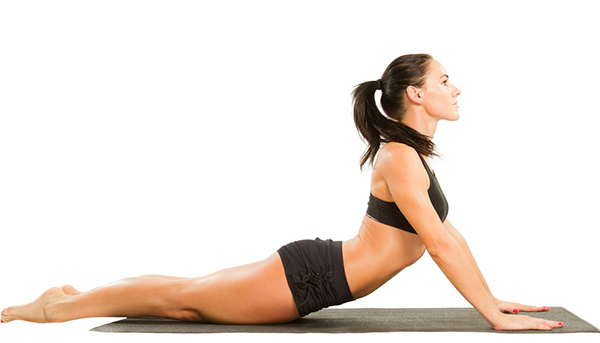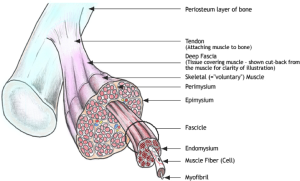
Most of the time when someone talks about yoga, they’re referring to hatha or yang yoga. However, there is another kind of yoga that targets your fascia, the fibrous connective tissue in your joints. People who practice it have reported many positive effects, including more flexible bodies and more peaceful minds.
What is Fascia and Why Does It Matter?
 is a kind of fibrous connective tissue that functions as a marvelous support structure for your soft tissues. You might come across descriptions of fascia that depict it as a kind of Saran wrap below your skin, but it’s so much more than that.
is a kind of fibrous connective tissue that functions as a marvelous support structure for your soft tissues. You might come across descriptions of fascia that depict it as a kind of Saran wrap below your skin, but it’s so much more than that.
In fact, there are three different of fascia, each of which serves vitally important functions in the body. Your superficial fascia is indeed a sheet-like of fibrous tissue below your skin, where it serves important support functions.
Below the skin, your superficial fascia gives way to your , which wrap your muscles, bones, nerves, and blood vessels. In fact, deep fascia create the of your muscles, honeycomb-like pods called fascicles.
Your tendons, which connect your muscles to your bones, are also a type of deep fascia. So are your ligaments, which connect bones to bones. Deep fascia also wrap your bones and cushion your vertebrae.
The third type of fascia in your body is the visceral, or subserous fascia, which wraps around your internal organs. For our purposes here we’re mainly concerned with deep fascia, particularly that of the muscles.
Fascia/Yin Yoga
Fascia yoga or is designed to promote relaxation and strength by stretching your deep fascia, specifically your joints.
In Taoism, the yin and yang are two interrelated and opposing forces, with the yang representing the force for change and movement and the yin representing the force for stasis and stability.
This philosophy has long been applied to yoga. Where yang or hatha yoga focuses on the active, promoting strength and better blood flow, yin or fascia yoga focuses on bringing strength and relaxation to the connective tissues in your joints, which are more passive and not as mobile.
The goal of yin yoga is to increase strength and flexibility in the connective tissues of the joints. The basic here is that like any other tissue, your connective tissues in your joints will from exercise.
One of the key differences between the two styles lies with how long the poses are held: while yin yoga poses are similar to those of yang yoga, they are typically held for much longer, and without muscular tension.
Yin yoga asanas, such as the Butterfly, Half Butterfly, Seal, Saddle, and Dragonfly pose, are often carried out in a seated or lying down position. Practitioners relax all of the muscles around a joint, and then stretch that joint.
As with any exercise, it is advisable to be careful and proceed with proper instruction in yin yoga in order to avoid injury. However, many health benefits have been reported from yin yoga, from greater flexibility and stamina to reduced stress and more peace of mind.



